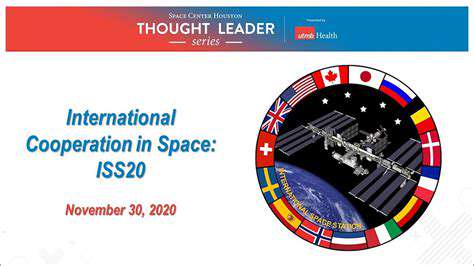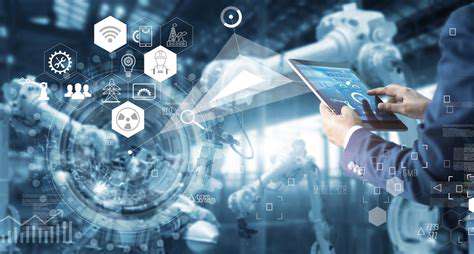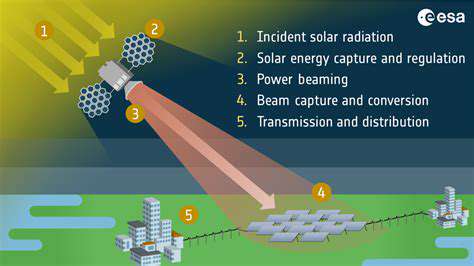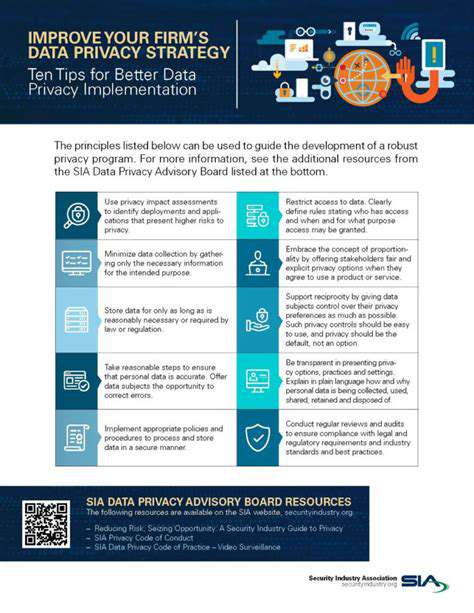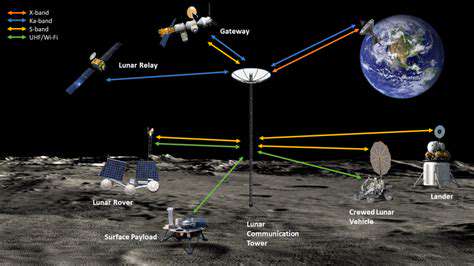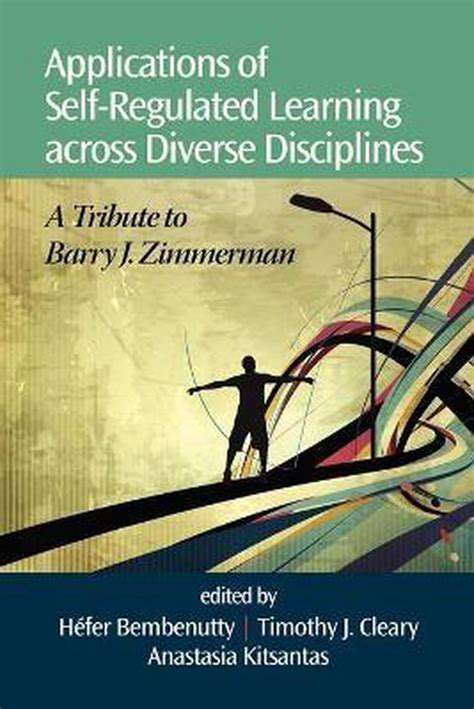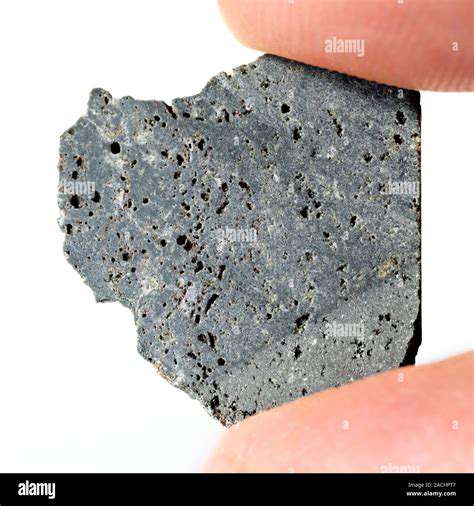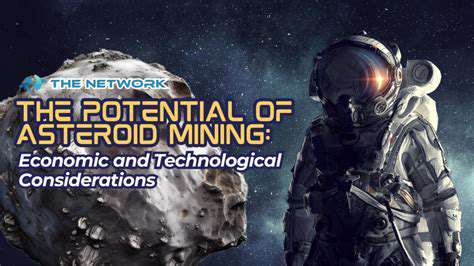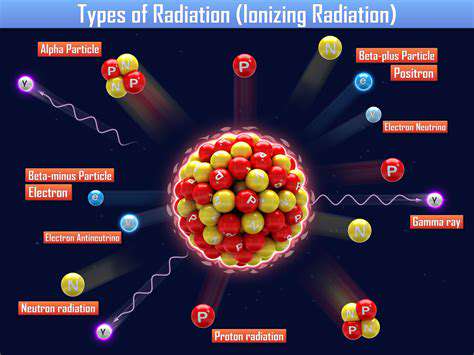
Ionizing Radiation and its Dangers
Space, while a vast and awe-inspiring expanse, harbors a silent, unseen enemy: ionizing radiation. This invisible threat poses significant risks to astronauts and spacecraft components, impacting their long-term survival and operational capabilities. Understanding the nature and effects of ionizing radiation is crucial for successful space exploration and the development of sustainable space habitats. This radiation, stemming from various sources like solar flares and cosmic rays, can penetrate deep into living tissue, causing damage at the cellular level.
The high-energy particles and photons comprising ionizing radiation possess enough energy to strip electrons from atoms, creating ions. These disruptions within biological molecules can lead to mutations, DNA damage, and ultimately, a range of health problems, including cancer and other debilitating illnesses. The cumulative effect of exposure over extended periods in space is a serious concern for long-duration missions.
Shielding Strategies for Spacecraft
Protecting against this unseen enemy requires robust shielding strategies. Spacecraft designers employ various methods to minimize the radiation dose received by astronauts and sensitive equipment. These strategies involve incorporating materials with high atomic numbers, like lead or tungsten, into the spacecraft's structure. These materials effectively absorb and scatter ionizing radiation, providing a protective barrier.
Furthermore, the design of spacecraft interiors plays a critical role in radiation mitigation. Strategically placed materials and compartmentalization can reduce the amount of radiation reaching astronauts and crucial equipment. Sophisticated simulations and modeling are essential tools for determining the effectiveness of shielding in different space environments.
Radiation Monitoring and Mitigation Techniques
Continuous monitoring of radiation levels in space is crucial for assessing the risks and implementing mitigation strategies. Sophisticated detectors and sensors are deployed to track radiation intensity and composition. This real-time data allows for adjustments to shielding protocols and crew protection measures, ensuring optimal safety during missions. Data analysis and predictive modeling are used to refine shielding techniques over time, leading to more robust and effective protection.
Advanced radiation dosimetry systems provide crucial information about the cumulative radiation exposure of astronauts. This data is vital for assessing the health risks associated with extended space missions and for developing personalized radiation protection plans. These techniques are critical for enabling safe and successful long-duration space travel.
The Future of Space Radiation Research
The ongoing research into space radiation has a significant impact on future space exploration strategies. Scientists continue to study the complex interactions of radiation with matter and develop new materials and shielding techniques. This research is essential for designing sustainable space habitats and ensuring the safety of future missions, particularly those extending to Mars or beyond. Scientists are actively working on developing innovative technologies to minimize the risks associated with ionizing radiation.
Future research will focus on developing more advanced radiation detectors, improving shielding materials, and understanding the long-term effects of radiation exposure on human health. This knowledge is essential to enabling long-term human presence in space, opening new possibilities for exploration and discovery.
Biological Consequences: DNA Damage and Cellular Dysfunction
Biological Consequences of Space Radiation: DNA Damage
Space radiation, a complex mix of high-energy particles, poses a significant threat to living organisms by inducing a wide array of DNA damage. This damage can manifest in various forms, including single-strand breaks, double-strand breaks, and base modifications. These alterations to the genetic code can lead to significant cellular dysfunction and potentially contribute to long-term health problems, particularly in the context of extended space missions. The severity of this damage depends heavily on the type, energy, and intensity of radiation encountered.
Cellular Dysfunction and Repair Mechanisms
The cumulative effect of DNA damage often results in cellular dysfunction. Damaged cells may exhibit altered gene expression, impaired protein synthesis, and compromised cellular signaling pathways. While cells possess inherent mechanisms for repairing DNA damage, the intensity and complexity of space radiation can overwhelm these repair systems. This failure in repair can lead to cell death, mutagenesis (genetic alterations), and potentially even the development of cancerous lesions.
Impact on the Nervous System
The nervous system is particularly vulnerable to the damaging effects of space radiation. Exposure to high-energy particles can induce oxidative stress, inflammation, and neuronal apoptosis (programmed cell death). These processes can affect cognitive function, motor skills, and sensory perception. The long-term consequences of such damage on neurological health during extended space missions remain a significant concern for future space exploration.
Cardiovascular System Effects
The cardiovascular system is another critical target for space radiation. The damaging effects of free radicals produced by radiation can lead to endothelial dysfunction, atherosclerosis (plaque buildup in arteries), and increased risk of cardiovascular events. The microgravity environment of space also contributes to cardiovascular changes, and the combined effects of radiation and microgravity may synergistically increase the risk of cardiovascular problems in astronauts.
Immune System Suppression
Exposure to space radiation can significantly compromise the immune system's ability to fight off infections. The damage to immune cells, such as lymphocytes and macrophages, can impair their function and lead to a weakened immune response. This reduced immune competence could make astronauts more susceptible to infections during and after space missions. This is a crucial concern, especially for extended missions where access to medical facilities may be limited.
Cancer Risk and Genetic Mutations
Long-term exposure to space radiation increases the risk of developing various types of cancer. The DNA damage caused by radiation can lead to uncontrolled cell growth and the development of malignant tumors. Furthermore, the induced mutations can affect the genetic makeup of future generations, posing a potential threat to the health of offspring. Careful monitoring and mitigation strategies are essential to minimize the potential for cancer development among astronauts and their descendants.
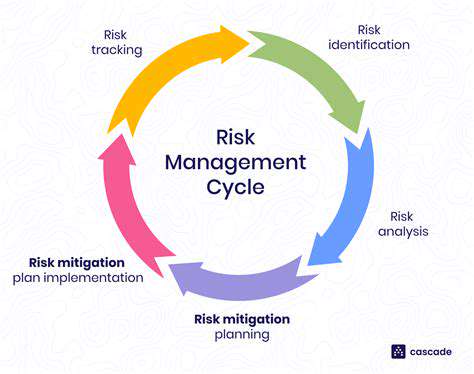
Future Challenges and Research Directions
Understanding the Spectrum of Space Radiation
Space radiation encompasses a diverse range of high-energy particles, including protons, heavy ions, and electrons, originating from various sources such as the Sun and galactic cosmic rays. Comprehending the different types of radiation and their respective energies is crucial for accurately assessing their potential biological impact on astronauts and other space travelers. This knowledge is fundamental to developing effective mitigation strategies and understanding the long-term health consequences of extended exposure.
Predicting Radiation Dose in Different Space Environments
Accurately predicting the radiation dose astronauts will encounter during missions to the Moon, Mars, and beyond is essential for risk assessment and mission planning. Factors such as solar activity, spacecraft shielding, and the specific trajectory of the mission must be considered in detailed simulations to estimate the cumulative radiation exposure throughout the mission. This allows for proactive measures to minimize radiation risk and optimize crew safety.
Developing Advanced Radiation Shielding Technologies
Improving the effectiveness and practicality of radiation shielding materials is a critical research area. Advanced materials with high density and low atomic number, capable of absorbing or deflecting high-energy particles, need to be developed and tested. This includes exploring innovative approaches to shielding design, such as incorporating layered or composite materials, and evaluating their performance under realistic space conditions.
Investigating the Mechanisms of Radiation Damage in Biological Systems
Further research is needed to fully understand the complex mechanisms by which space radiation damages biological systems at the cellular and molecular levels. Understanding how different types of radiation interact with DNA, proteins, and other essential biomolecules is crucial for developing effective countermeasures and improving our understanding of long-term health effects. This requires sophisticated laboratory studies and advanced imaging techniques.
Assessing the Long-Term Health Effects of Space Radiation
Longitudinal studies are essential for establishing a clear link between space radiation exposure and long-term health risks, such as cancer, cardiovascular disease, and neurological disorders. Observational data from astronauts and other space travelers, combined with detailed medical records, are crucial for identifying patterns and developing predictive models for health outcomes. This necessitates collaboration between space agencies and medical research institutions.
Developing Countermeasures to Reduce Radiation Damage
Exploring and developing effective countermeasures to mitigate the detrimental effects of space radiation is a vital research area. This includes investigating potential protective agents, such as antioxidants and other molecules that can repair or prevent cellular damage caused by radiation. These countermeasures, if successful, could significantly reduce the health risks associated with space travel and extend the duration of human space exploration missions.
Establishing International Collaboration for Space Radiation Research
International cooperation and data sharing are essential for advancing space radiation research. Pooling resources, expertise, and knowledge from various space agencies and research institutions worldwide will accelerate the development of improved radiation shielding, countermeasures, and predictive models. This collaborative approach will ensure a more comprehensive understanding of space radiation and its potential impact on human health, ultimately leading to safer and more sustainable space exploration.
